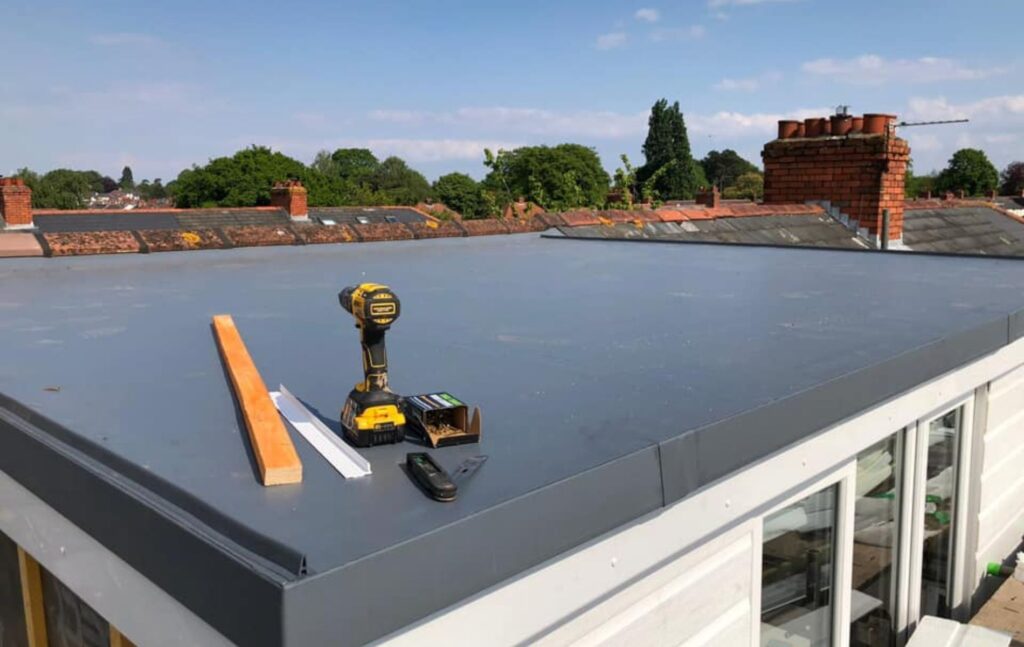Flat roofing is a popular choice for many commercial and residential buildings due to its cost-effectiveness and functional design. However, choosing the right material for a flat roof is crucial for ensuring durability, weather resistance, and cost-efficiency. This article guides you through selecting the ideal flat roofing material for your property.
Understanding Flat Roofing Materials
There are several types of materials used in flat roofing, each with unique benefits and drawbacks. The most common include:
Built-Up Roofing (BUR): Composed of alternating layers of bitumen and reinforcing fabrics, BUR is known for its durability and affordability. It’s a traditional choice, offering reliable protection against water and weather elements.
EPDM (Ethylene Propylene Diene Monomer): This synthetic rubber roofing membrane is known for its long lifespan and resistance to UV rays, extreme temperatures, and abrasions. EPDM is lightweight and relatively easy to install.
PVC and TPO: Both are types of thermoplastic membranes. PVC (Polyvinyl Chloride) is resistant to chemicals and fire, while TPO (Thermoplastic Olefin) offers excellent heat-reflective properties and energy efficiency. They are both durable, flexible, and environment-friendly.
Modified Bitumen: This asphalt-based roofing is designed for buildings with flat or low-slope roofs. It is easy to maintain and offers enhanced flexibility, making it suitable for extreme weather conditions.
Factors to Consider in Material Selection
When choosing a flat roofing material, consider the following factors:
Climate: The local climate plays a crucial role in determining the appropriate material. For instance, areas with high temperatures and intense sunlight may benefit from heat-reflective options like TPO.
Durability and Maintenance: Consider how long each material lasts and the maintenance it requires. Materials like EPDM have longer lifespans with minimal maintenance needs.
Installation and Cost: The complexity of installation and the cost of materials can vary significantly. Evaluate your budget and the expertise required for installation.
Environmental Impact: If sustainability is a priority, look for eco-friendly options like TPO or PVC, which are recyclable and energy-efficient.
Professional Consultation
Consulting with a roofing professional is advisable. They can provide insights specific to your property’s needs, taking into account factors like roof structure, building usage, and budget constraints.
All in all, choosing the right material for a flat roof is pivotal in ensuring longevity, performance, and cost-effectiveness. Remember, professional advice is invaluable in navigating this crucial aspect of property maintenance and investment.



